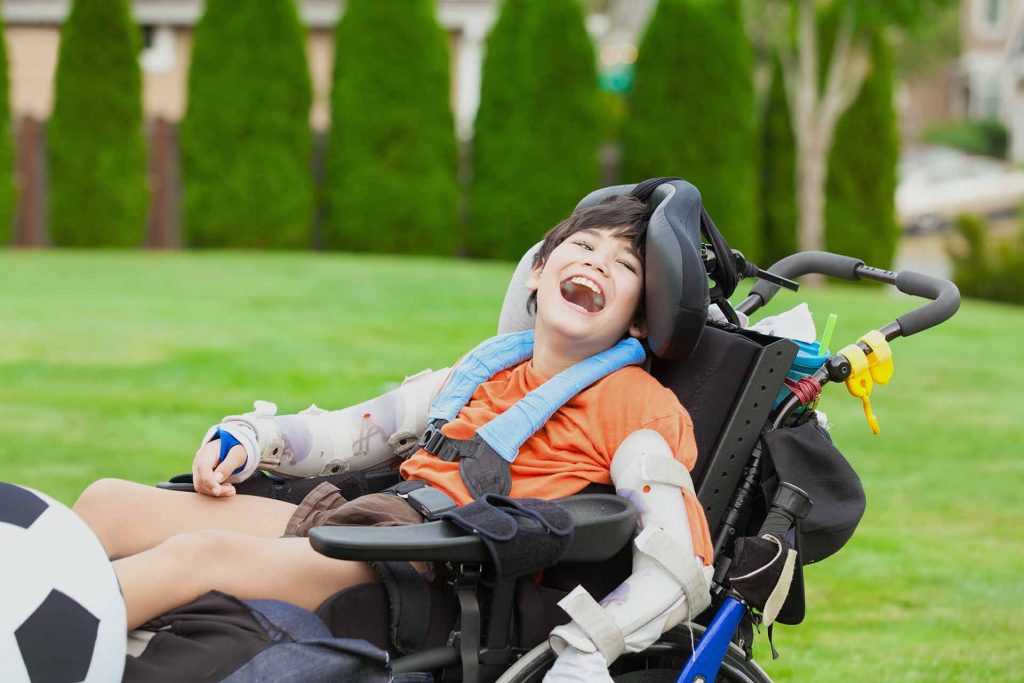Cerebral Palsy in Children: Early Signs, Diagnosis, and What Parents Should Know

Learn the early signs of Cerebral Palsy, how it’s diagnosed, and what parents can do to support their child from the start.
What is Cerebral Palsy?
Cerebral Palsy (CP) is a group of neurological disorders that affect movement, muscle tone, and posture. It is caused by abnormal brain development or damage to the developing brain, often before birth. CP is the most common motor disability in childhood and varies in severity.
Source: CDC – Facts About Cerebral Palsy
Early Signs of Cerebral Palsy
Signs typically appear in infancy or early childhood and can differ depending on the type of CP:
- Delays in reaching milestones (sitting, crawling, walking)
- Stiff or floppy muscle tone
- Poor coordination or balance
- Preference for one side of the body
- Seizures or difficulty swallowing (in some cases)
Diagnosis Process
Diagnosis involves:
- Developmental screenings by a pediatrician
- Neurological exams and brain imaging (MRI or CT)
- Motor skill assessments
Early diagnosis is crucial for beginning therapies that enhance a child’s quality of life.
Read More: Mayo Clinic – Cerebral Palsy
Types of Cerebral Palsy
- Spastic CP: Most common; stiff muscles and exaggerated reflexes
- Dyskinetic CP: Involuntary movements
- Ataxic CP: Poor balance and coordination
- Mixed CP: Combination of symptoms from different types
Early Intervention and Parental Support
- Start physical, occupational, and speech therapy as early as possible
- Learn about assistive devices like braces or walkers
- Encourage social interaction and play
- Connect with support organizations such as United Cerebral Palsy
Final Thoughts
A CP diagnosis can feel overwhelming, but early intervention and informed parenting can transform your child’s development journey. With consistency, therapy, and love, children with CP can reach meaningful milestones.





